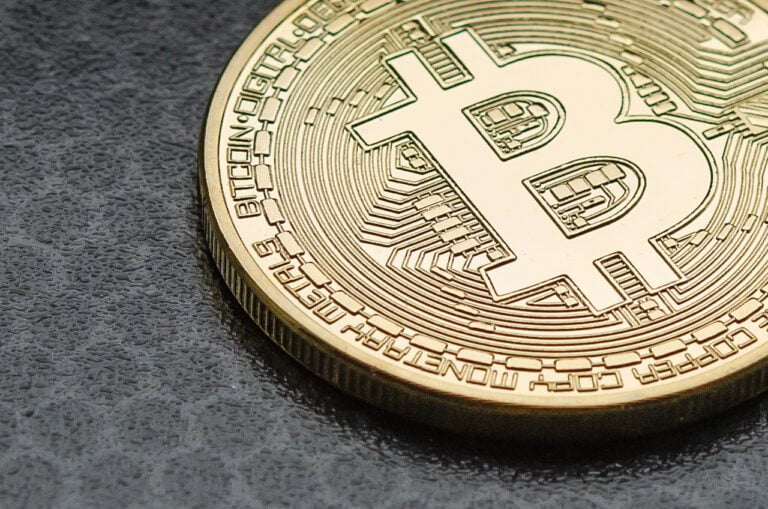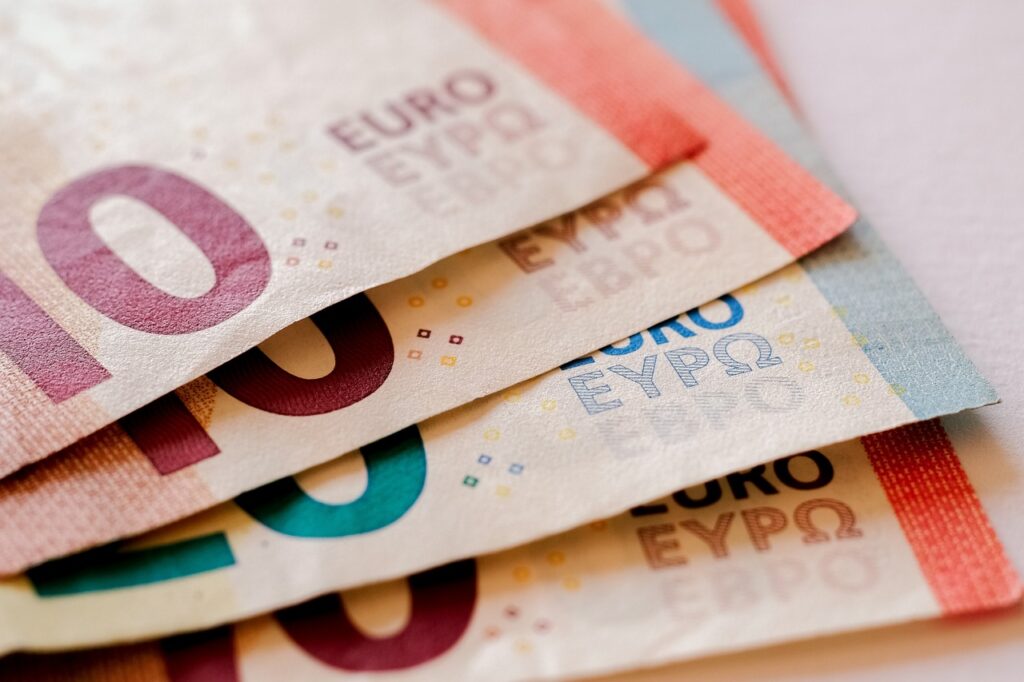Bitcoin is not digital gold…or at least not yet

Crypto enthusiasts have long touted bitcoin as digital gold, but an analysis of the cryptocurrency’s performance against other assets shows that it has yet to achieve that status. One thing that is still missing is a widespread market perception of cryptoassets as a store of value.
Cryptocurrencies remain a small part of global financial markets, with a total market capitalization of $1.1 trillion in August, down significantly from the record high of $3 trillion. The crypto markets make up only about 2.5% of the total US stock market capitalization.
Q3 2022 hedge fund letters, conferences and more
Pearlstone Alternative At Sohn London 2022: A 3x return from this bank’s debt
 At this year’s Sohn London Investment Conference, Ivelina Green, CIO and founder of Pearlstone Alternative, presented an interesting European special situation. Founded in 2021, Pearlstone focuses on fundamental credit investments and special situations. The speaker highlighted a unique credit investment, which is currently under trial. The investment is linked to what was Read more
At this year’s Sohn London Investment Conference, Ivelina Green, CIO and founder of Pearlstone Alternative, presented an interesting European special situation. Founded in 2021, Pearlstone focuses on fundamental credit investments and special situations. The speaker highlighted a unique credit investment, which is currently under trial. The investment is linked to what was Read more
Find a qualified financial advisor
Finding a qualified financial advisor doesn’t have to be difficult. SmartAsset’s free tool matches you with up to 3 financial advisors in your area in 5 minutes.
Each advisor has been vetted by SmartAsset and is held to a fiduciary standard to act in your best interest.
If you’re ready to be matched with local advisors who can help you reach your financial goals, get started now.
However, S&P Global agrees with crypto enthusiasts who are adamant that crypto assets and blockchain technology are here to stay. The firm noted that cryptoassets and blockchain technology are an ecosystem with significant differences from the traditional financial system. However, the collapse of TerraUSD shows that the basic laws of finance still apply.
Currently, one of the biggest debates about cryptocurrencies is whether they should be considered currencies, commodities, securities, or something else entirely. To better understand what cryptoassets are, S&P Global compared their performance with the performance of various traditional financial assets.
Bitcoin against gold
Of course, gold has been a store of value and hedge against market downturns for thousands of years. Central banks use the metal as a reserve asset and to hedge against inflation. When bitcoin was launched, many crypto wonks referred to it as “digital gold”.
As a result, the cryptocurrency has rallied on and off over the years on expectations that it may play a similar role to the yellow metal at some point.
But to truly become digital gold, bitcoin would need a strong correlation with the metal’s performance over similar periods, which hasn’t happened yet. In its recent report on these comparisons, S&P Global explained that crypto-assets are significantly more volatile with the prospect of higher returns, making them more of a high-reward asset than a store of value like gold.
Data from S&P Global, for example, indicates that gold prices rose more than 40% from mid-2019 to mid-2020 as investors turned to the yellow metal for protection during the COVID-19 pandemic. However, Bitcoin did not behave in the same way during that 12-month period.
In addition, the gold price has been volatile in 2022, but largely trended upwards during the year’s periods of increased geopolitical risk. Meanwhile, bitcoin’s performance did not track the periods of increased geopolitical risk.
S&P Global noted that the bitcoin price has plunged to its lowest level since November 2021, driven by rising inflation fears, a clear upward trend in inflation indices, and increasing supply chain shortages, energy concerns and military uncertainty amid the war in Ukraine.
On the other hand, gold rose during the first quarter, but has average prices higher than where they were before the pandemic. S&P Global also found that gold’s volatility aligns more closely with stablecoins than with other cryptocurrencies.
The firm emphasized that while bitcoin does not currently deserve the classification of digital gold, it may at some point in the future.
Crypto assets versus stocks
S&P Global also compared the performance of various cryptoassets with the performance of the S&P 500 and Nasdaq indices. The firm found that the daily returns of cryptoassets are much more volatile than stocks.
According to S&P Global, cryptocurrency volatility has remained above 60% since May 2020, while the volatility of the S&P 500’s top three holdings, Apple (NASDAQ:AAPL), Microsoft (NASDAQ:MSFT) and Amazon (NASDAQ:AMZN), did not increase by much higher than 40, putting their volatility closer to that of stablecoins.
While many other reports have pointed out a correlation between bitcoin and stocks, S&P Global found that the crypto markets are not significantly correlated with stocks despite the rise in correlation in recent months.
To measure the correlation between stocks and cryptocurrencies, the firm used Apple, Microsoft and Amazon as proxies for the stock market.
S&P Global discovered that the return correlations between bitcoin and the three largest stocks increased during the pandemic period from March 2020 to the first quarter of 2022. Other than that, the firm found that the correlations remained low.
It feels that the lack of comparability between crypto assets and stocks is not surprising because the drivers of crypto values are different.
According to S&P Global, the key performance drivers of the crypto markets include market confidence and adoption, regulatory frameworks, technology and supply and demand or liquidity. On the other hand, the firm listed the drivers of traditional financial assets such as operating profit, interest rates, inflation and monetary and fiscal policy.
Cryptocurrencies against each other
Although S&P Global found that the crypto markets overall do not track stocks, they discovered a notable correlation in historical returns with each other, excluding stablecoins. The firm pointed out that the origin story of each cryptocurrency is different from the others and that they were created on different platforms using different protocols at different times.
However, S&P Global’s analysis of the performance of various cryptocurrencies shows a moderate to high correlation with each other since 2018.
Stablecoins Versus Pegged Fiat Currencies
Of course, stablecoins like Tether and USD Coin are far less volatile than other crypto assets. However, S&P Global still found that their volatility was greater than that of traditional pegged fiat currencies and that they have a low correlation with them.
Do you think bitcoin has achieved digital-gold status yet? Share your thoughts in the comments section below.



